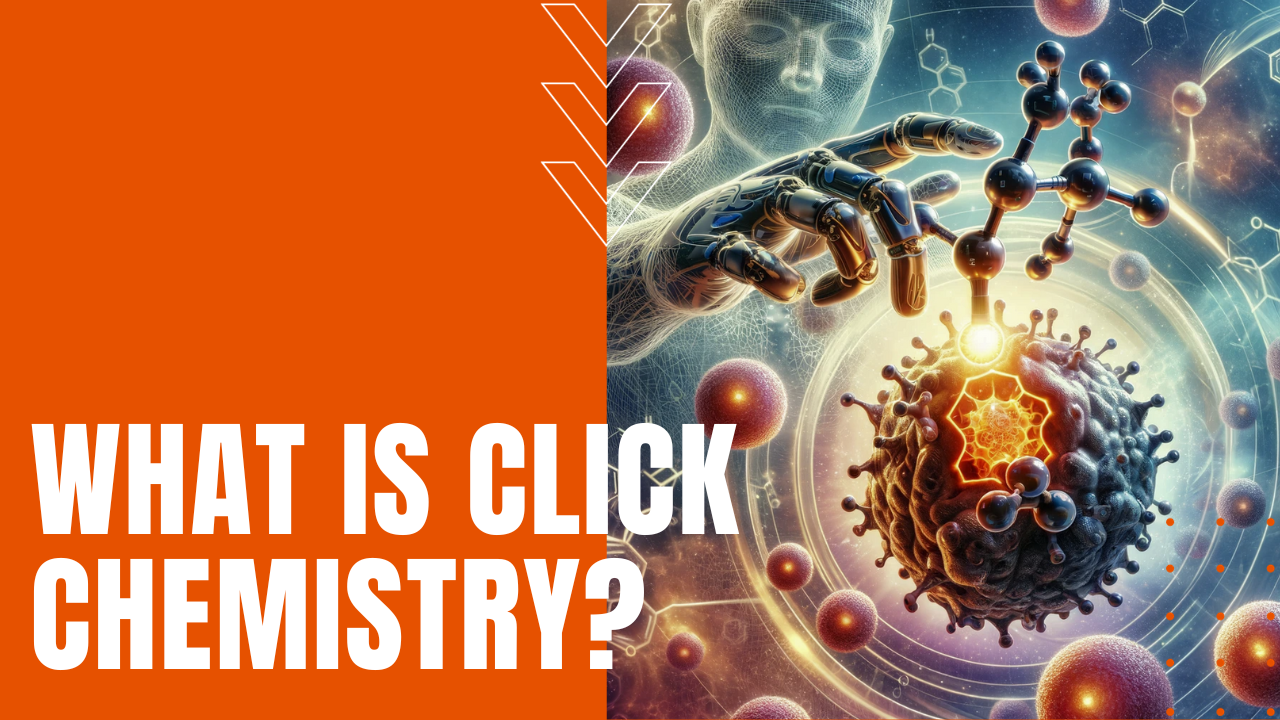Click Chemistry Fights Cancer

First pioneered by chemists Barry Sharpless of Scripts La Jolla and Morten Meldal of the University of Copenhagen, later advanced further by Stanford’s Carolyn Bertozzi, the Anne T. and Robert M. Bass—all winners of the Nobel Prize in Chemistry—click chemistry relies on two reaction partners or click handles, that can attach to each other selectively and rapidly, without the production of toxic byproducts, clicking together as neatly as Legos, which in turn bonds with proteins by the use of functionalized pyridazine or PDs for short.
Massive Potential
Realizing the potential for click chemistry in the fight against cancer, researchers at the University College London recently published their results in Nature Chemistry, which opens up enormous possibilities for the future of immunotherapy agents far less complex and time consuming then current protein engineered modalities such as Carr T cell Therapy and Adoptive Transfer Cell Therapy. Under the lead authorship of Dr. Peter Szijj, the research team created a three-component anti-cancer therapy using click chemistry.
Multifaceted Attack
In their model, one component targets the cancer cell itself, while another recruits T cells to attack cancerous cells, while a third component knocks out part of the cancer’s cellular defenses. Employing an enzyme known as sialidase, the cancer’ defense component is stripped of a sugar cancerous cells use to conceal themselves, which in their lab killed breast cancer cells in a petri dish, which in turn revealed click chemistry’s massive potential for creating next-generation anti-cancer agents.
Just the Beginning
According to Dr. Szijj, “it’s relatively easy to attach click ‘handles’ to proteins, so you can try lots of combinations quickly to test what might work best.” He also hopes that the use of click chemistry to create novel multi-protein anti-cancer agents will inspire other researchers to cross pollinate its usefulness in disciplines such as medical imaging, diagnostics and other disease-fighting therapies, making breakthroughs in click chemistry, a new and exciting frontier in the fight against cancer.
